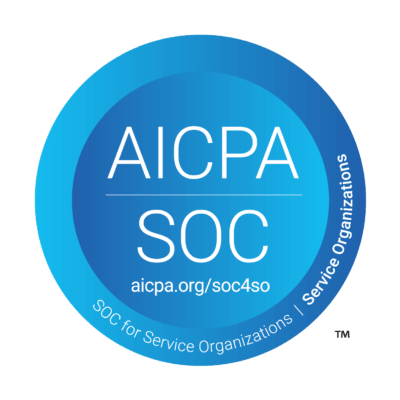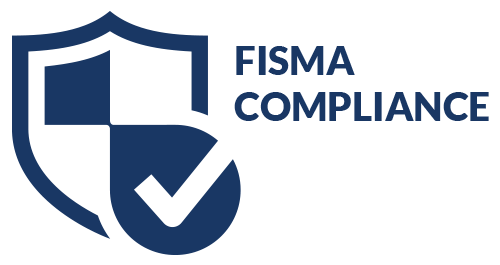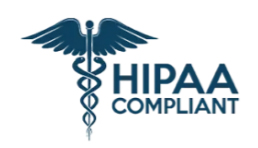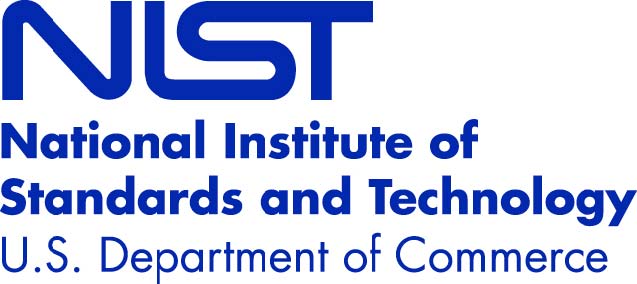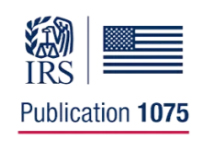In an age when the sum of human knowledge is accessible at our fingertips, is it possible that the “forgetting curve” is an antiquated concept?
The forgetting curve was first described by German psychologist Hermann Ebbinghaus in the late 19th century. He studied how humans learn and retain information over time.
Ebbinghaus found that forgetting occurs rapidly in the first few hours after learning and then levels off over time. He plotted his results on a curve, which showed a steep drop in recall during the first hour or so, followed by a more gradual decline in memory over the next few days. This curve, commonly cited in the Learning and Development (L&D) industry for more than a century, is known as the forgetting curve (Ebbinghaus, H. (1885). Uber das Gedächtnis: Untersuchungen zur experimentellen Psychologie (Memory: A Contribution to Experimental Psychology). Leipzig: Duncker & Humblot.).
Throughout the many years since the forgetting curve was identified, academics and Learning professionals have sought ways to flatten the curve. In the late 1970s, when the digital age was merely a dream, studies began to show that people tend to forget information much less rapidly when there is an opportunity to review the information at regular intervals (Landauer, T. K., & Bjork, R. A. (1978). The retention of practiced knowledge: Theoretical issues and applications. Cognitive Psychology, 10(4), 479-508.).
Curated Knowledge Repository
Now, nearly 150 years since the curve was identified, we have both the technology and the methodology to forget the forgetting curve. The solution is found in a synergistic system involving traditional learning combined with a carefully curated knowledge repository.
Research has shown that learners in a corporate environment who used a knowledge repository to review information after a training session retained more information than those who did not use the repository, and learners who used the knowledge repository had higher learning performance than those who did not (Wang, Q., Chen, W., & Liang, Y. (2014). Using a knowledge repository to improve learning retention in a corporate training setting. Computers & Education, 72, 214-225.).
One of the most widely referenced studies found that a group of learners who had access to a knowledge repository retained 25 percent more knowledge than the control group when assessed five weeks after graduating from the initial training (Chiu, Y. C., & Tseng, S. S. (2014). Exploring the relationship between knowledge repository use and learning performance. Journal of Educational Technology & Society, 17(2), 27-38.).
In addition to the numerical data, the authors of this study also found that the use of a knowledge repository had a number of other benefits, including:
- Increased learner satisfaction
- Reduced training costs
- Improved employee productivity
TSI’s Knowledge Repository
It’s important to note that not all knowledge repositories are created equally. As the largest provider of analytics and technology-enabled Accounts Receivable Management (ARM) and Customer Experience/Business Process Outsourcing (CX-BPO) in the United States and Canada, Transworld Systems Incorporated (TSI) required a knowledge repository that allowed employees in a number of divergent entities to quickly access the resources that were most relevant to their roles and responsibilities. TSI’s Talent Development Team answered the call by creating a robust intranet Website with more than 1,000 individual client and line-of-business pages. Each page takes the form of a quick reference guide, a wiki, an interactive flip book, a tube site of videos, or even a user-driven simulation. This repository is frequently cited by TSI’s leaders as a primary contributor to the organization’s ability to maintain an attrition rate of under 10 percent, which is less than one-third of the industry average for ARM and CXBPO organizations.
Regardless of the organization’s size or the number of needed pages, a successful knowledge repository must serve function over form, with the most frequently needed information available to the learner with the least number of clicks. Organizations whose employees cite the company’s repository as “very useful” often leverage tools and widgets that evaluate and report on the repository pages that are accessed most frequently, along with identifying and optimizing the pages on which employees spend the most time.
Information control is paramount to ensure that the available resources are up-to-date and trustworthy. Resources on a knowledge repository must be approved by subject matter experts and reviewed no less than annually. Similarly, the organization must have the ability to update the repository at the speed of business.
Full-Circle Learning Ecosystem
Returning to our goal of forgetting the forgetting curve, employees can possess nearly limitless knowledge retention when provided a full-circle learning ecosystem wherein they learn to use a knowledge repository beginning on their first day of new hire training.
To accomplish this, it is critical that for every topic covered in new hire training, there is a related resource created in the knowledge repository. A new hire landing page can take the place of the traditional training manual. This allows trainers to refer to the knowledge repository early and often during new hire training. In place of traditional knowledge checks, learners can participate in gamification scavenger hunts, locating answers in the knowledge repository, and reinforcing their ability to access the most critical information.
A Competitive Advantage
Through this methodology, learners not only acquire knowledge and skills, but also the ability to navigate and reinforce their knowledge with information available when it is needed most on the job. The added competence and confidence employees acquire through resource-driven training is undeniably beneficial to an organization’s ability to succeed; organizations with a knowledge management strategy in place are 30 percent more likely to exceed their revenue goals (Forrester Research. (2021) The State of Knowledge Management: A Global Survey)
At the advent of the global pandemic, many organizations were forced to examine and shift toward digital training solutions. When an organization maintains a strong and engaging knowledge repository, digital training moves away from being a necessary solution to shift toward becoming a competitive advantage.
